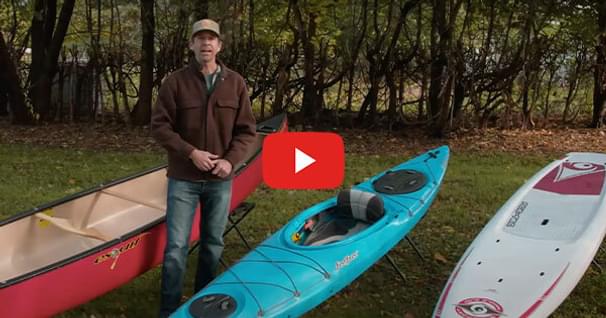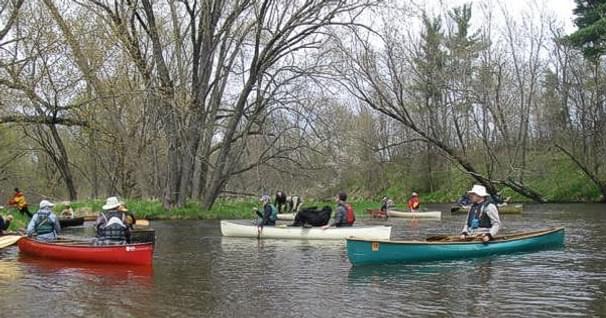How A Canoe Works on Water
Before you put your canoe in the water and start paddling, you need to understand how a canoe works within the water.
Think of the front of your canoe as an arrow piercing through the water. As it travels forward, the bow splits the water. As a result, you get water pressure on either side of the canoe's bow, which causes waves.
As the water flows past the mid, or widest point of the canoe, and towards the narrowing stern, the pressure on the hull of the canoe eases off, as you can see by the absence of any waves. What this means is, as the canoe moves through the water, the bow is pinned from the frontal resistance of the water, while the stern is free to move from side to side.
This is why steering is always performed at the stern. Strokes at the bow of the canoe can only really assist a turn after it's been initiated.
Related Articles
Ken Whiting answers the big question for new paddlers - Do you go for a canoe, a kayak, or a stand up…
By changing how you edge and balance your boat you can increase your stability and adaptability. Using…
After the raw dimensions of length, width and depth, canoe performance is determined by hull shape.…
Earlier this year, a manufacturer of high-end composite canoes sponsored a weekend paddle down a local…



